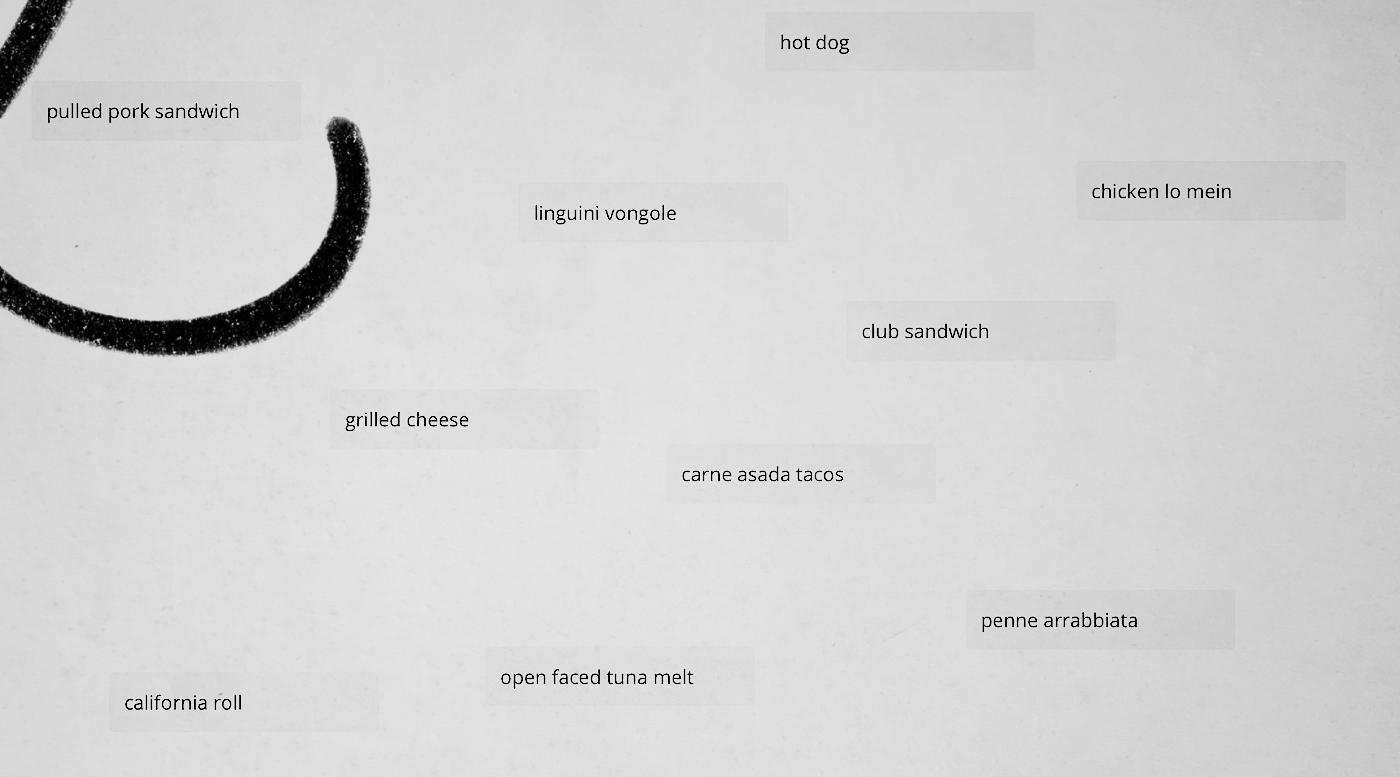
Think about any long-term project you’re working on.
Maybe it’s a book, or maybe it’s a startup idea, or maybe it’s a movie script. You probably spend lots of time thinking about ideas or running into little bits of inspiration. Every time something strikes you as relevant you probably stick it into a page in Roam, or a notebook in Evernote.
After several months of doing this you have a gigantic list of stuff. That’s good in the sense that you have lots of material to work with. But it’s very bad in the sense that none of that material is at all actionable for you — it’s just a long, unordered list.
What you want to do is pull out the hidden connections between the items you’ve collected. You want to find themes, and patterns. You want to coalesce the pieces of inspiration into chapters, or features, or ideas.
So you need to organize the list! You could try pushing this long list into sub-pages or maybe tag them with themes, but that’s very hard to do. How do you know which tags are the right tags?
It’s easier to talk about if we use an example.
Let’s imagine that we’re starting a restaurant. We’ve been collecting ideas for menu items in Roam, and now we want to build our menu and our restaurant concept based on the dishes we’ve collected.
The list looks like this:
- Pulled pork sandwich
- Linguini vongole
- Club sandwich
- Open faced tuna melt
- Hot dog
- Penne arrabiata
- Carne asada tacos
- California roll
- Chicken lo mein
We want to answer: What’s the common thread between the menu items we’re collecting? And how can we use this common thread to build a bigger menu, or even help us define the concept for the restaurant we want to make?
To do this we need to find the patterns in the menu items above. But even with a list this small, it can feel overwhelming. Your rational brain is overloaded and wants to give up.
What we want to do is find a way to turn off our rational brain, and instead engage a different part of our intelligence.
. . .
Imagine, a two-dimensional space expanding infinitely in both directions.
Now, imagine you’ve taken each note on your long list and placed it on the two-dimensional space at random. It looks like a corkboard full of sticky notes.
Currently, there’s no organization. But we’re going to build one — from the bottom up.
First, pick up a note — any note — and think to yourself: “What note is this similar to?”
You don’t have to ask yourself what bucket it goes into, or what theme it’s on. Nothing like that. Instead, all you have to do is ask yourself what other notes are like this one.
Scan the other notes on the 2-dimensional space and find one that’s similar. When you do, take the first note, and stick it next to the new one.
Now repeat the process.
Repeatedly pick notes up and place them down next to other notes that are similar.
. . .
If you do the picking up and putting down exercise enough, what you’ll find is this:
Clusters of notes begin to emerge.
Each cluster represents a conceptual category. Usually these categories aren’t what you would expect — or even if they are, you might find insights that you didn’t realize were there.
In this case, we can see something interesting: on the top left of the board we have a cluster of three things that are obviously sandwiches: pulled pork sandwich, grilled cheese, and club sandwich.
Then there’s a ring of three items that are close to being sandwiches but are slightly different: open-faced tuna melt, carne asada taco, and hot dog.
Directly below this ring is california roll, which shares some features with a sandwich but is both functionally and culturally further away from the core sandwich group that we’ve identified.
This is incredibly interesting! In 30 seconds we can see that many of the items that we’ve collected exist on a kind of “sandwich spectrum” — some are very close to being a sandwich, some are like a sandwich but different, and some are very far away from being a sandwich.
There are lots of interesting things we can do with that information.
Maybe the Sandwich Spectrum becomes a core focus of our restaurant. Or maybe we can use the sandwich spectrum as a way to organize the items on the menu that guests order from.
Organizing this way opens up tons of new possibilities.
But, that’s just one of many possible organizational systems. We can also reorganize very quickly to find different structures. For example here’s another kind of structure:
Can you tell the organizing principle here?
This time the key feature we were organizing on was meat — and again it shows a spectrum. On the top left are dishes where meat is central, on the bottom right are purely vegetarian dishes. And there are a bunch of dishes in between.
This organizational scheme shows very clearly that we’re drawn to meat-based dishes. And we can use that to either double down on meat, or use it to rebalance the menu to include more vegetarian options.
. . .
This would have been very difficult to do in Roam or Evernote. Why?
When you look at a list of items in Roam and ask yourself, “What are the patterns here?” you’re asking a very high-level conceptual question that’s really hard for your brain to process.
By breaking the list out into a 2D space, it allows you to get your hands dirty. To move things around and see where they fit. To roll up your sleeves and soak yourself in the data from all different angles.
By doing this you allow your brain to find patterns more organically, and to find ways of organizing that surprise you.
It’s a really important piece of working with information that most of the popular tools on the market completely ignore.
. . .
So how do you do this type of organizing if you want to?
The easiest way to do it is the old fashioned way: just use sticky notes and a pen.
But there are a few high quality digital tools that I recommend to help with this.
One is a tool that I built called Thinker, and it’s free with your Superorganizers Premium subscription. You can use it here. It’s where the screenshots for this post came from.
Another tool that I use and love is Muse. It’s for iPad, but it does something very similar. I’m hoping to have a review for you soon. In the meantime, I have 10 discount codes for Premium Subscribers to get a free one year subscription to Muse. If you want one, hit reply to this email and I’ll send you one!
A final tool to check out is the granddaddy of notetaking tools, Tinderbox. It’s kind of like a mashup of Thinker, and Roam with a bunch of other interesting ideas thrown in as well. Worth checking out the demo!
An update on Dopamine Stacking
I’m dopamine stacking this week! I’m working with Todoist for the week — I’ll switch to a new todo app on Monday (and rotate once a week.) I’m also trying to rotate through new work spots most days to see how it affects my energy level.
One thing that I notice is that there’s a distinct difference in excitement between starting fresh on Todoist (which I already know and use) and starting on an entirely new todo list system that has a compelling story. I’m definitely more excited and motivated by the latter.
But there is something nice to having a completely clean and fresh Todoist to work from, and I imagine I’ll enjoy that feeling next week when I switch to Roam.
I’m tracking my actual productivity levels (in terms of pomodoros and self-reported feelings) during the week, and I’ll report back on how that ends up going.
The Only Subscription
You Need to
Stay at the
Edge of AI
The essential toolkit for those shaping the future
"This might be the best value you
can get from an AI subscription."
- Jay S.
Join 100,000+ leaders, builders, and innovators

Email address
Already have an account? Sign in
What is included in a subscription?
Daily insights from AI pioneers + early access to powerful AI tools
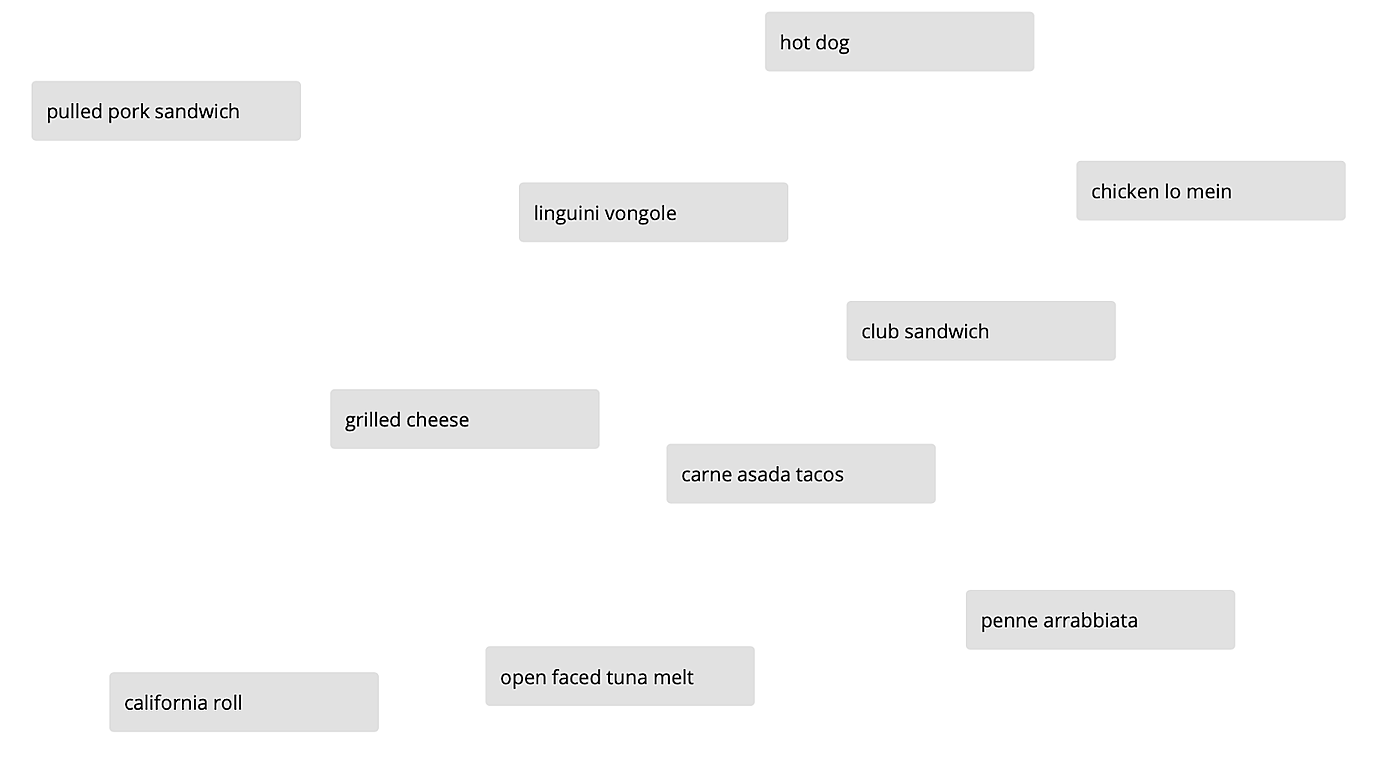
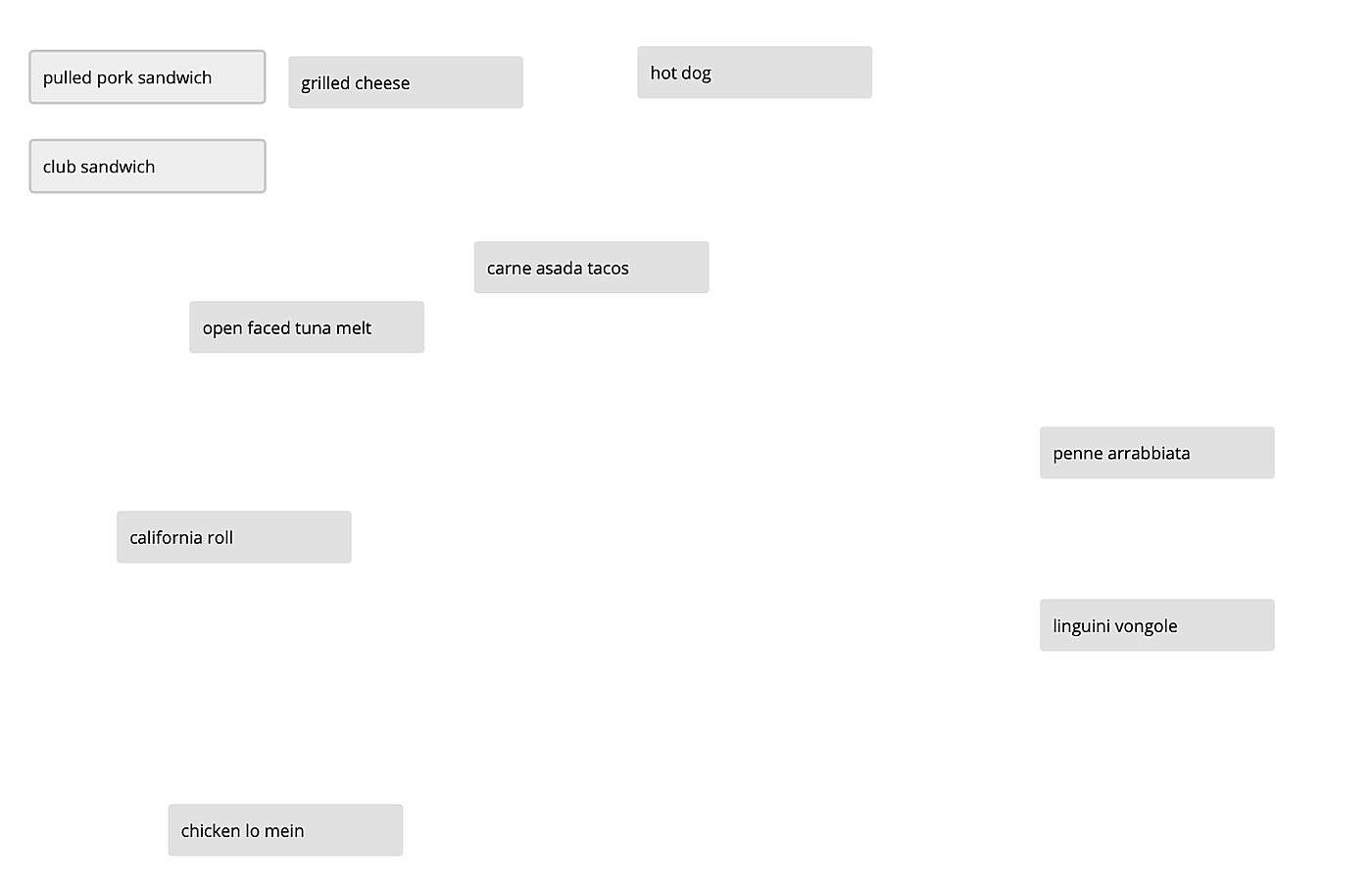
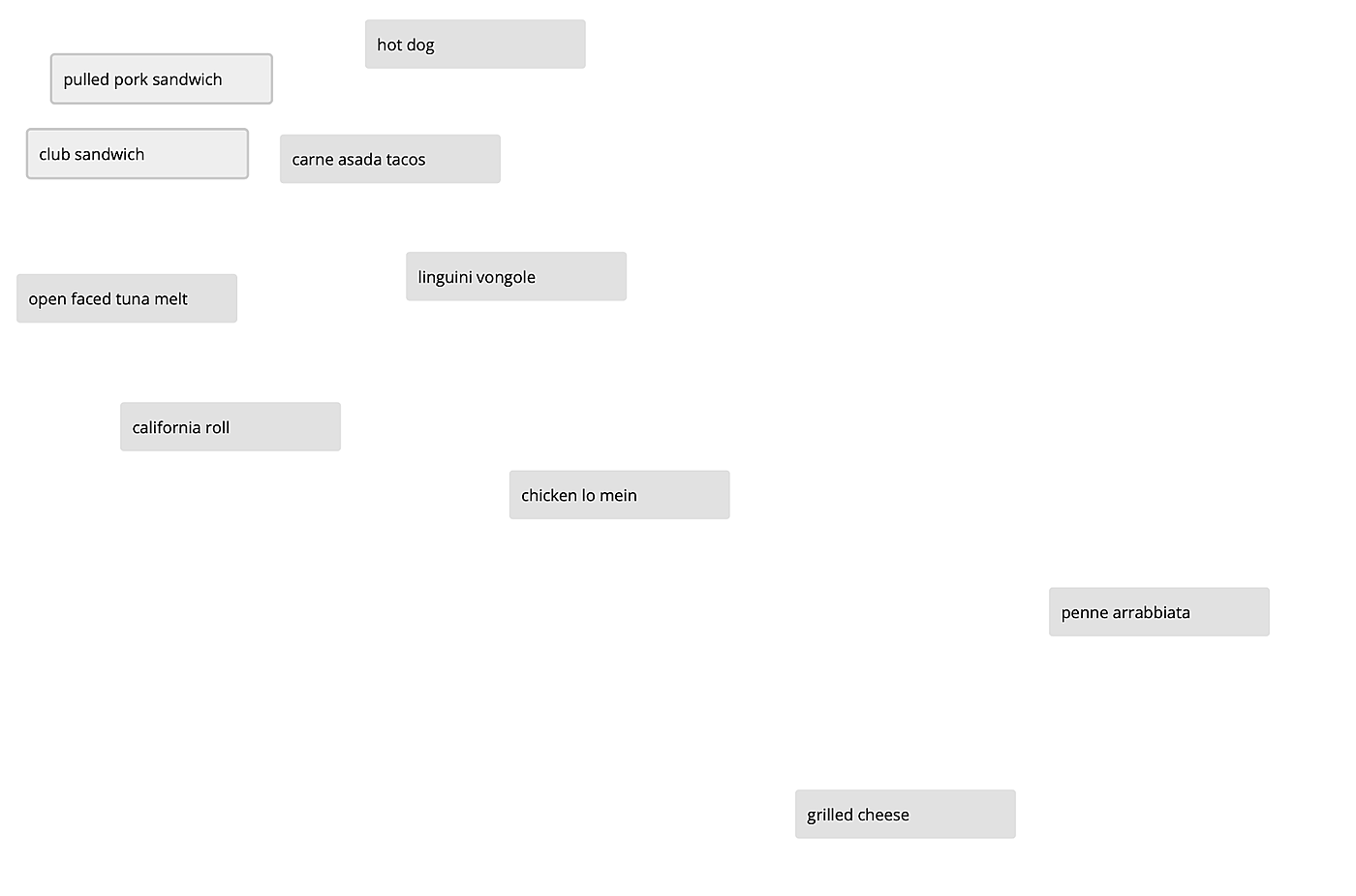








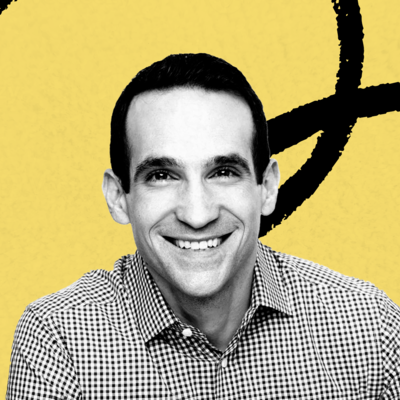

Comments
Don't have an account? Sign up!
I’ll just add a mention of Milanote, which is very good at bridging the linear/spatial gap in notetaking.